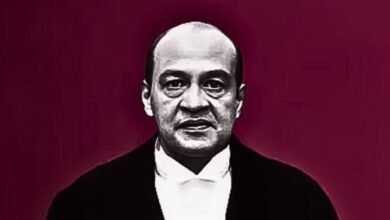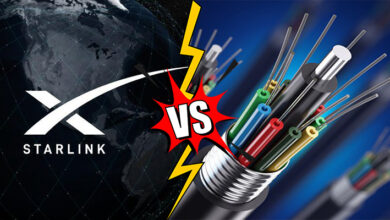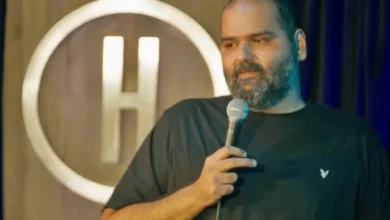Brava had a lot of things working in its favor as startups go. It was founded in 2015 by serial executive John Pleasants, whose past stints have included as co-president of Disney Interactive Media Group, COO of Electronic Arts, and CEO of Ticketmaster.
His plans to create a suite of snazzy direct-to-consumer line of smart hardware and software products, beginning with the Brava oven, also attracted tens of millions of dollars from an impressive line-up of backers, including True Ventures, TPG Growth, and Lightspeed Venture Partners, among others. Indeed, though some sophisticated kitchen devices have come and gone (Juicero), some liked what Pleasants and his growing team in Redwood City, Ca., were trying to cook up, and one of these admirers, apparently, was the Middleby Corporation, a publicly traded commercial and residential cooking and industrial process equipment company in Illinois that just acquired Brava — though neither Brava nor Middleby is disclosing terms of the deal.
We were in touch via email yesterday with both Pleasants and the CEO of Middleby, Tim FitzGerald, to learn what they can share about the tie-up, as well as to ask what happens to Brava and its tens of employees now.
TC: This was a young company. Why turn around and sell it?
JP: The company itself is four years-old and we’ve had product available in market for one year. We’ve been venture funded to date and had the option to continue raising growth capital or merge with Middleby Corporation. Brava’s mission has always been to enable everyone to cook delicious, healthy home-cooked food with minimal time and effort, and we believe the fastest way to achieve this bold goal is through a strategic partnership with someone who can help make that happen.
TC: How did Brava and Middleby come together? Who brokered the first conversation? Was Brava talking with anyone else?
JP: We’ve been in talks with many people about financing, and a select group of strategics about a deeper partnership to achieve our objective. We had the assistance of City Capital in the process, and they made the introduction to Middleby in Chicago.
TC: How much is Middleby paying for the company? Also, is this an all-cash deal?
JP: While not disclosing the total amount, the consideration includes a mix of cash and stock
TC: So what’s next? Will Middleby retain the Brava name or will this be phased out over time?
JP: Brava as it’s known today will not only continue but see accelerated growth and expansion. We will continue to sell the product and support our customers under the Brava brand while further innovating new products and services for our customers.
TF: The Brava name will remain. The product and technology will enhance our existing residential and commercial kitchen appliance portfolio. In Middleby Residential, we manufacture and sell Viking Range and other well-known consumer brands.
TC: How many people does Brava currently employ and how many if any are going to Middleby?
JP: Brava employs 38 people and all will be going to Middleby. I will remain as the CEO of Brava and will also work with other Middleby divisional leaders to leverage Brava’s light cooking platform and services for their existing brands. We’re excited by this because we currently have many ideas and plans for leveraging the Brava technology across new form factors, business segments (residential and commercial) and geographies. This all becomes more feasible with Middleby.
TC: We last talked before the Brava oven was out in the world. How many units did you wind up selling?
JP: We’re closing in on 5,000 customers and expect to have a big holiday.
TC: What were some of the lessons learned with this experience?
JP: People love it. You can see this every day throughout our online communities. It’s not just about the quality of food and the ease in creating it . . . we hear comments all the time about how spouses who hardly ever cooked now do, how kids who never liked vegetables now ask for more . . .
In terms of what people want that doesn’t currently exist, [I’d say] more recipes and programs (we have thousands, but there are so many more we can do) and more flexibility; we can uniquely cook multiple ingredients simultaneously to perfection with our light-cooking technology and this enables lots of fun combinations [but] our customers would like even more flexibility in mixing and matching ingredients.
TC: Any business lessons?
JP: In terms of business lessons, it’s challenging to explain Brava’s full value proposition in a quick ad on social media. We have revolutionary technology that enables a new way of cooking that’s better, easier, faster — and that sounds almost too good to be true.
TC: Do you think the market for smart cooking appliance is big enough at this point? What do you think are the remaining hurdles and how do consumers get past them?
JP: The “smart cooking appliance” market is in its infancy. There are still very few pioneers in the space and household penetration is negligible. But this is all about to change. Once people know someone who can personally attest to the benefits, I fundamentally believe the adoption curve will bend exponentially. People spend a lot of money on household appliances…once they can be “smart” and “chef powered” and deliver well against that promise, why would most people not want a “smart” one versus a “non-smart” one?
TF: We see this market growing significantly with the next generation [of home cooks] who currently rely on and demand a digital experience.
Source: TechCrunch




